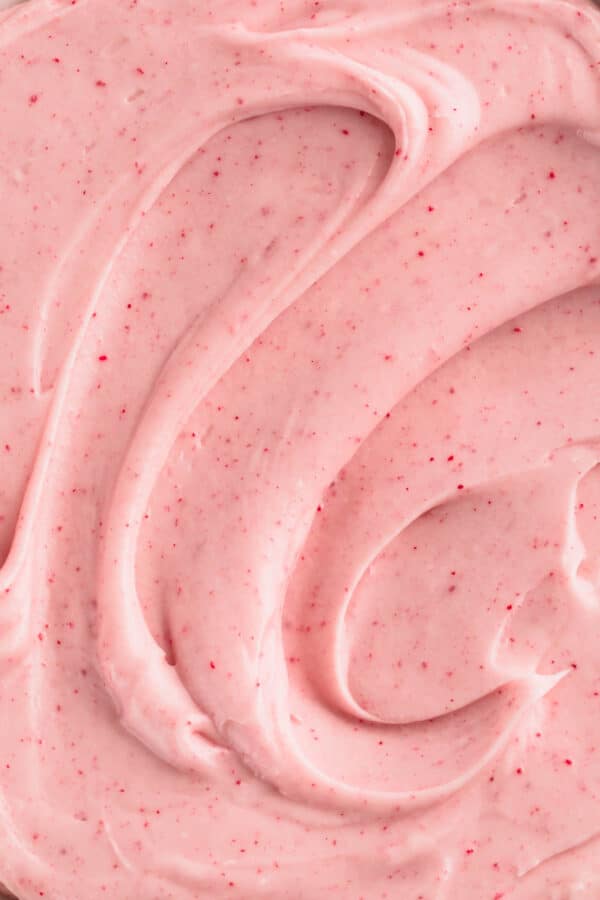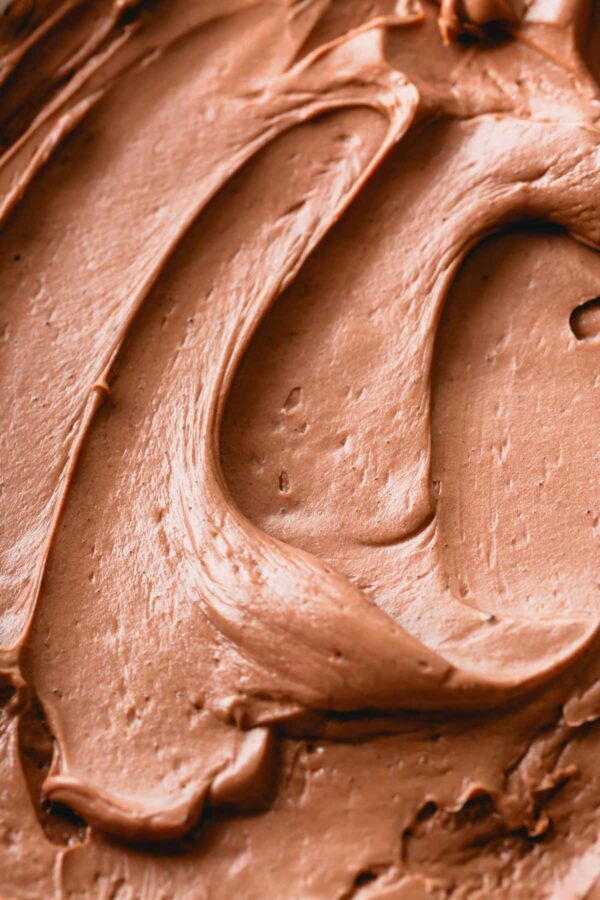This citrus fruit brightens any dish it touches. Here’s everything you need to know about lemons, and how to cook with them! Lemon 101!
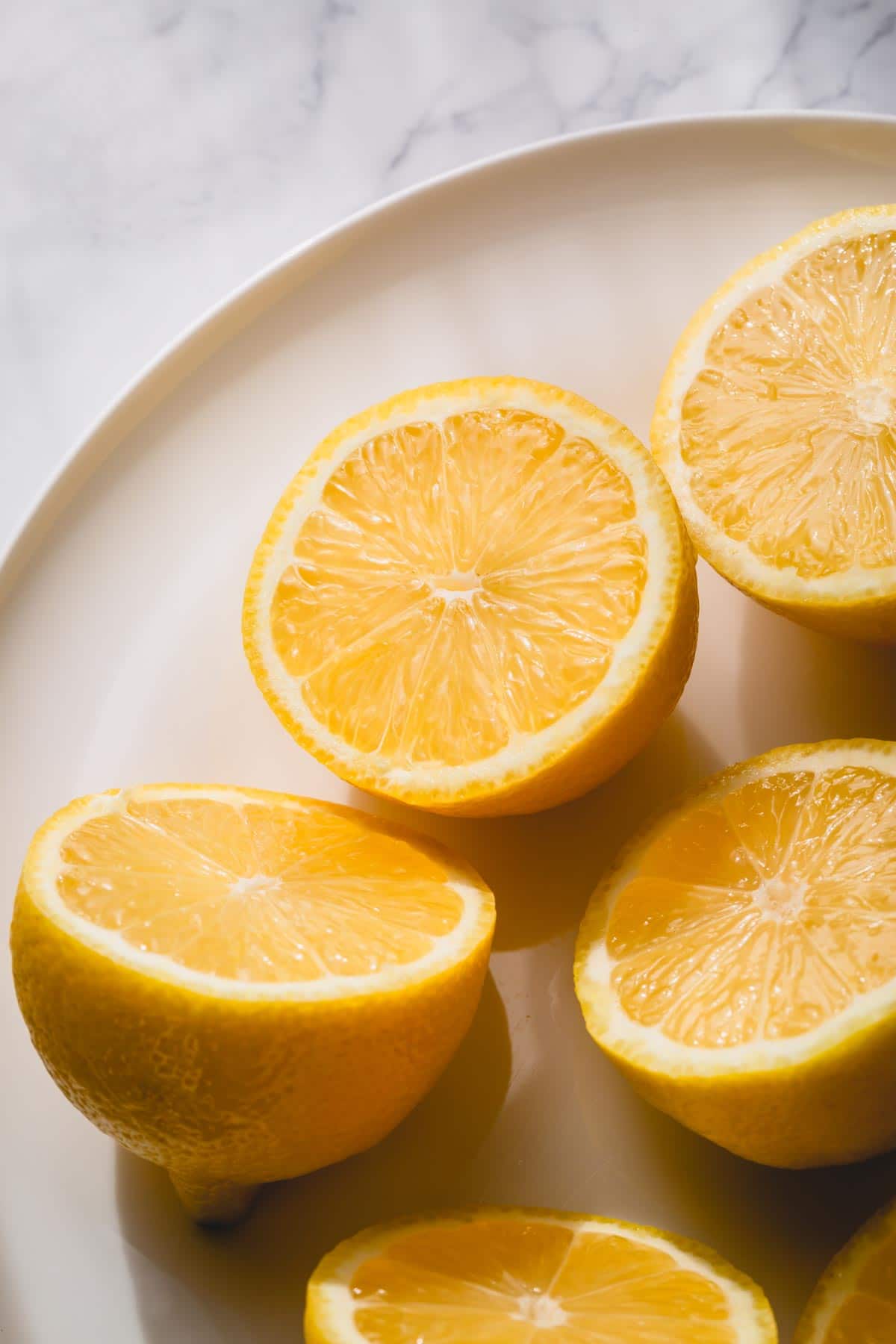
Table of Contents
Lemons go far beyond lemonade! I can’t think of a more versatile ingredient or a better way to elevate one’s cooking.
Lemons balance heavy dishes, add tang to desserts, and brighten up sangria. They enhance buttery shrimp, perk up any pan-sauce, and upgrade any cake.
If you love lemons but feel lost with them in the kitchen, this article is for you. Here’s everything you need to know about this bright yellow citrus fruit.
Lemon Varieties:
There are dozens of lemon varieties, but three main ones are sold in supermarkets worldwide.
- Lisbon lemons – Available in stores year-round, Lisbon lemons are the most popular variety. They have smooth skin, juicy and acidic flesh, and a pointed end opposite the stem.
- Eureka lemons – Eureka lemons are so similar to Lisbon lemons that most people can’t even tell the difference. They have a thicker skin and a “neck” below the stem.
- Meyer lemons – A Meyer lemon is a cross between a mandarin orange and a lemon. They’re smaller in size and much sweeter than your average lemon. They have a less acidic, floral taste, perfect for desserts.
How to choose lemons:
So how do you pick out a good lemon, anyhow? Here’s what to look for:
- Heavy for its size
- No scars or brown spots
- Bright yellow skin
- Firm with no mushy areas
- No white mold or green areas
Best lemons for juicing:
Bigger doesn’t always mean better, and that’s true for lemons too! The best lemons to juice are those with a smooth, thin skin. A thinner skin will have more flesh and provide more juice.
Best lemons for zesting:
The best lemons to zest are large lemons (more zest) with a thick, knobbly skin.
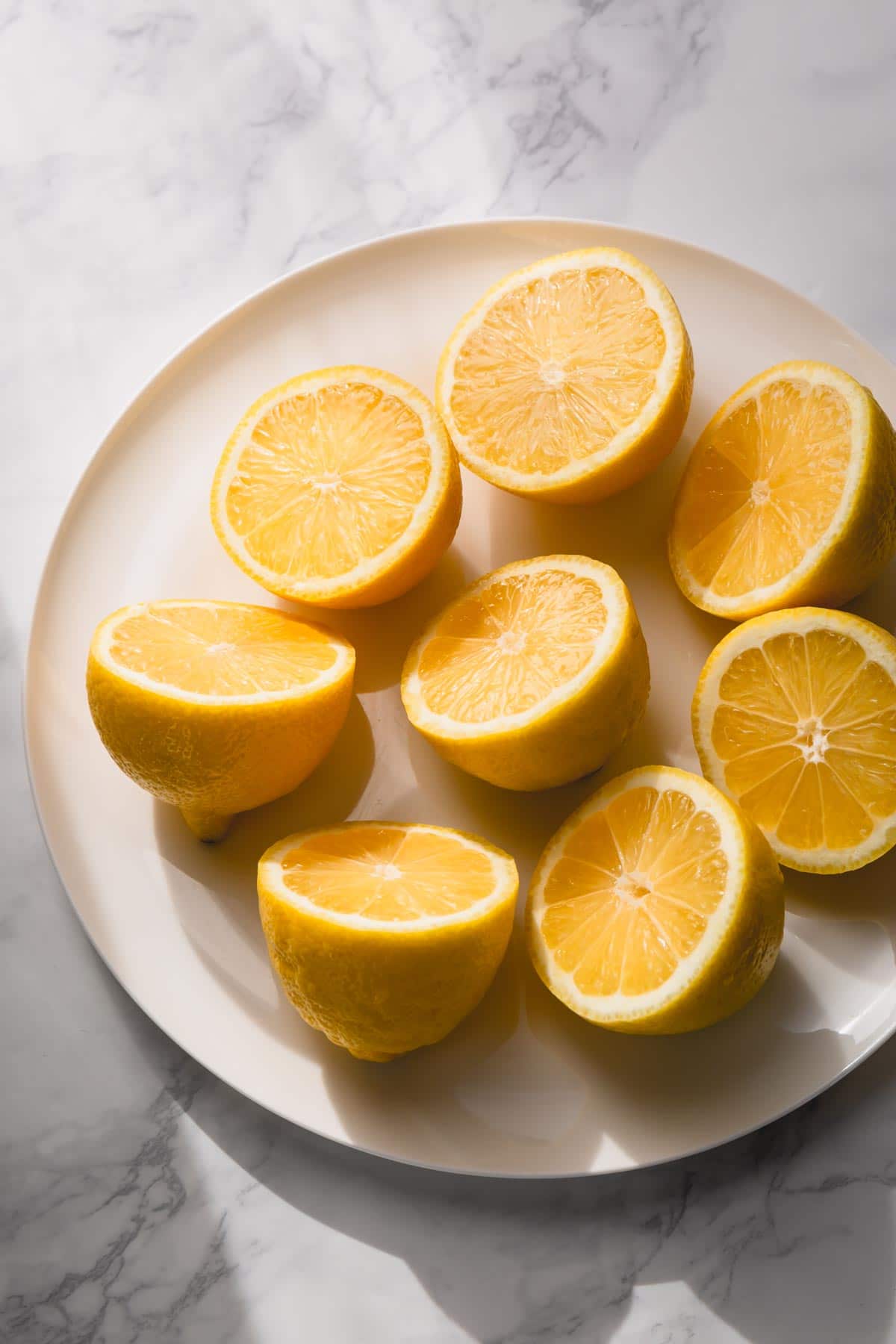
How to store lemons:
There are plenty of ways to store lemons! Try refrigerating or freezing them to extend their shelf life.
On the counter:
Lemons can be stored on your kitchen counter for up to 10 days. Make sure they are still firm with no brown and mushy spots.
In the refrigerator:
For a longer shelf life, refrigerate your lemons for up to 4 weeks in an airtight container or Ziplock bag. Freshly squeezed lemon juice lasts up to 3 days in a sealed container in the refrigerator.
In the freezer:
- Whole lemons – Wash and dry whole lemons then place them in a freezer bag and squeeze out as much air as possible. Freeze for up to 4 months. This method is best for juicing. Simply microwave the lemons until thawed, cut them in half, and squeeze out the juice.
- Lemon wedges – Place the lemon wedges on a baking sheet or plate and freeze. Once the wedges are frozen, place them into a Ziplock bag and freeze. Drop them into iced tea or sangria for a cold and cheery finish.
- Lemon juice – Pour the lemon juice into ice cube trays and freeze. Once frozen, place the lemon juice ice cubes into a ziplock bag and freeze for up to 3 months.
- Lemon zest – Place fresh lemon zest in a small airtight container and store in the freezer until ready to use.
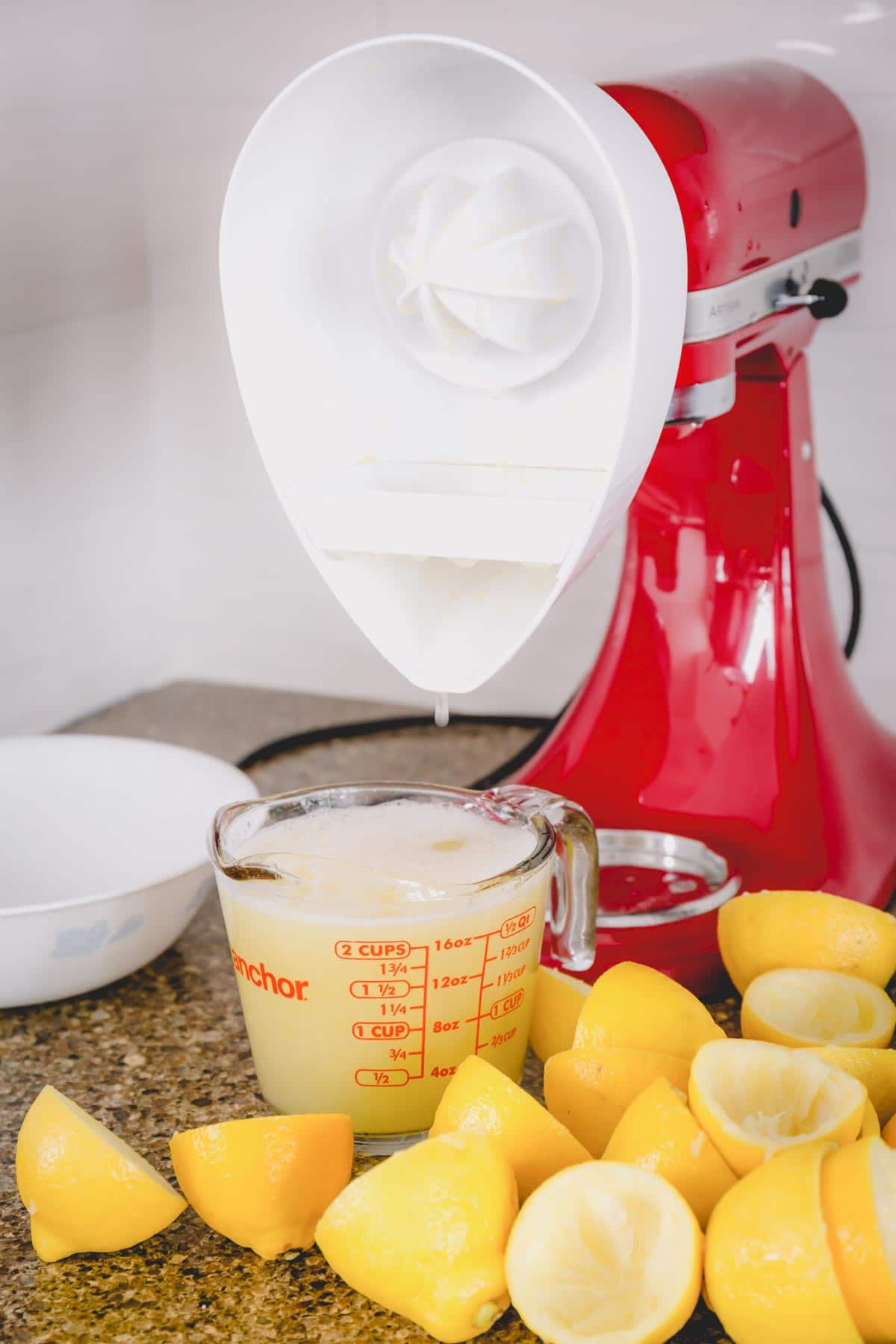
How to cook with lemons:
Once you learn to cook with lemons, you’ll find it’s hard not to reach for one. I keep them on hand at all times.
Lemon juice:
Lemon juice is a versatile ingredient used in soups, sauces, salad dressings, marinades, roasted vegetables, and rice.
Many times it hides in the background but balances a dish so it’s not too heavy or one-noted. A perfect example of this is mayo or hollandaise sauce. While the lemon juice isn’t prominent, it balances the richness of the sauce.
Lemon zest:
Lemon zest provides a fragrant lemon flavor without the addition of liquid, which makes it perfect for baking. Add it to baked goods like muffin batter, pancakes, scones, cookies, meringues, and cakes!
Tips for cooking with lemons:
A pop of citrus can make or break a dish! Here are the basics when cooking with lemons.
- Treat lemons like a pantry staple. Always have them on hand to cook with. Once you see how it elevates a dish, you will use them more and more.
- Add lemon juice toward the end of cooking. Fresh lemon juice works miracles in soups, stews, and sauces, but it can add a funky bitterness if added too early. Stir in lemon juice right before serving.
- Use it in marinades and salad dressings! Substitute vinegar with fresh lemon juice in marinades and salad dressings.
- One medium-sized lemon provides about 2-3 tablespoons of lemon juice and 1 tablespoon of lemon zest.
- Room-temperature lemons release more juice. Next time microwave the lemon for 15 seconds before squeezing it to get the most out of your lemon.
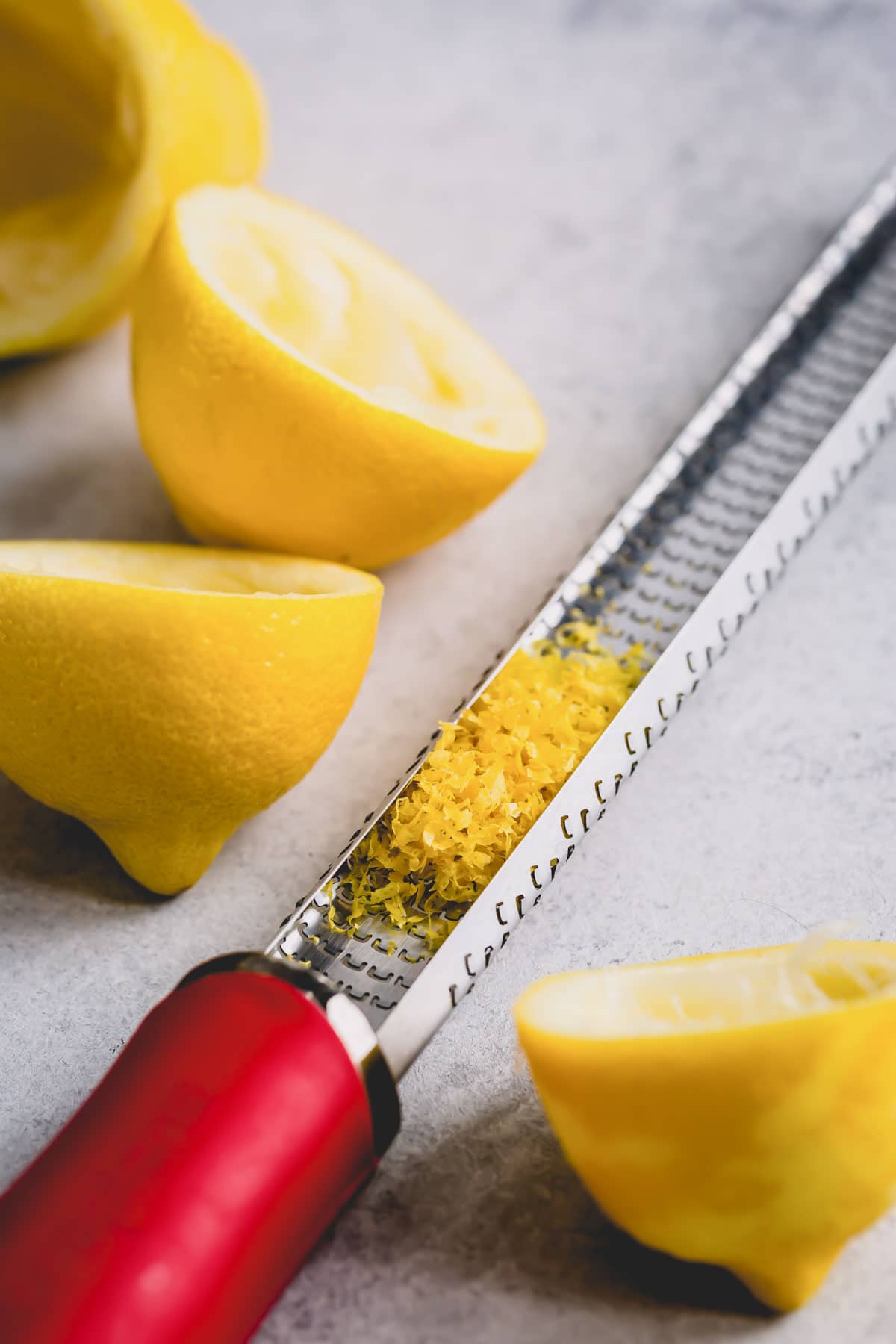
How to zest a lemon:
To zest a lemon, you will need a citrus zester or a microplane. You only want to zest the bright yellow portion of the rind. The white portion has a bitter taste.
- Wash & dry the lemon.
- Carefully hold the lemon against the blades of the microplane.
- Move the lemon up and down the microplane, scraping off the yellow rind.
- Rotate the lemon and repeat until all the zest is removed. Be careful not to zest the white pith.
- Use the lemon zest in all your favorite recipes!
Lemon Nutrition Information:
Per 100 grams of a raw, peeled lemon (or 1/2 cup):
- Calories – 29
- Water – 89%
- Protein – 1.1 grams
- Carbs – 9.3 grams
- Sugar – 2.5 grams
- Fiber – 2.8 grams
- Fat – 0.3 grams
- Vitamin C – 53 mg
Enjoying lemons may reduce the risk of heart disease, cancer, and kidney stones, and improve digestive issues.
Lemon Recipes:
Here are some delicious lemon recipes to help you get started!
Sweet Lemon Recipes:
Any dessert can be made with lemons! Here are a few of my favorites.
Savory Lemon Recipes:
Lemons are just as versatile and essential in savory dishes!

